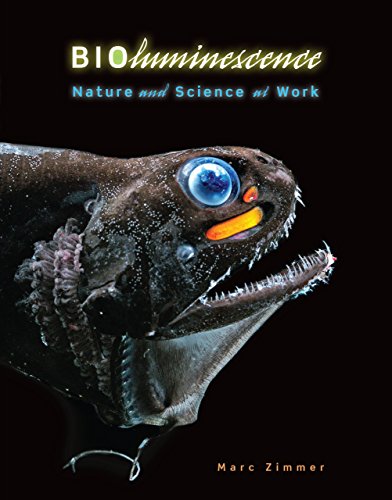Bioluminescence: Nature and Science at Work
What do giant squids, mantis shrimp, and fireflies have in common? These animals, along with a wide range of creatures, are able to give off light; this is called bioluminescence. Different species use different chemistries to bioluminesce, and they produce their light for a variety of reasons, including communication, hunting, and self-defense. Bioluminescence is a
What do giant squids, mantis shrimp, and fireflies have in common? These animals, along with a wide range of creatures, are able to give off light; this is called bioluminescence. Different species use different chemistries to bioluminesce, and they produce their light for a variety of reasons, including communication, hunting, and self-defense. Bioluminescence is a unique and fascinating adaptation found in the animal kingdom. Surprisingly, about half of all known phyla (a classification for animals that share the same body type) contain some bioluminescent species.
Scientists don’t yet understand all facets of bioluminescence, but they have managed to harness the glow and use it in a myriad of ways. One of the most important applications involves using bioluminescence as a microscope in medical studies. For example, laboratory scientists can create fluorescent malaria parasites to track the path by which the disease is spread from a mosquito to the animal it bites. Bioluminescent proteins are also helping researchers learn more about cancer, HIV and other viruses, and complex neurological processes. In fact, bioluminescent proteins are so useful to twenty-first-century medicine that two groups of scientists, one in 2008 and the other in 2014, were awarded the Nobel Prize in Chemistry for their work with these proteins and related technologies. Even artists and fashion designers use bioluminescence in their work to create glowing, light-sensitive paintings and clothing lines. Author Marc Zimmer, a world-renowned specialist in fluorescent proteins, takes readers on a glowing journey into the frontiers of bioluminescence.










